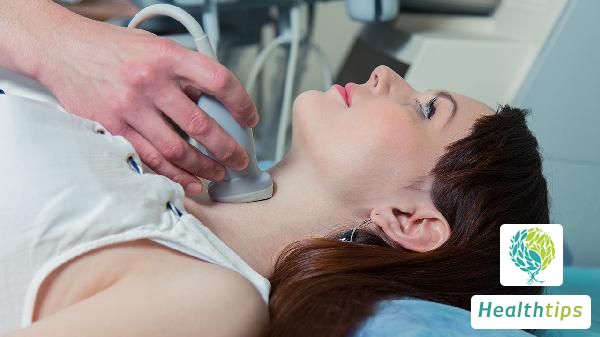How can I most accurately check for kidney stones?
There is no definitive way to accurately check for kidney stones. Typically, diagnosis can be made through physical examination, laboratory tests, and imaging examinations.

1. Physical Examination:
If a patient experiences pain in the lower back and is accompanied by blood in the urine, they can go to the hospital for visual examination. The doctor can also press on the patient's abdomen to initially diagnose whether there is a kidney disease.
2. Laboratory Tests:
These mainly include urine routine tests and blood biochemistry tests. Urine routine tests focus on observing whether there are red blood cells, white blood cells, etc., in the urine, while blood biochemistry tests mainly check whether liver function, kidney function, and electrolyte levels are normal.
3. Imaging Examinations:
Common imaging examinations include ultrasound and CT scans. Ultrasound uses the physical properties of ultrasonic waves to display the structure and morphology of internal organs, helping doctors determine the location, size, and quantity of stones. CT scans, on the other hand, use X-ray scanning technology to create cross-sectional images of a specific body part, enabling doctors to see the specific conditions within the kidneys more clearly. In addition, pathological examinations can also be used for auxiliary diagnosis.
It is recommended that patients maintain a light diet, avoiding spicy and stimulating foods such as chili and Sichuan peppercorns. Regular exercise is also beneficial, as it promotes metabolism and aids in the recovery from diseases. If diagnosed with kidney stones, patients can be treated with medications such as lithotripsy granules or kidney stone granules under a doctor's guidance. Surgical treatment, such as extracorporeal shock wave lithotripsy or percutaneous nephrolithotomy, may be necessary in severe cases.



















